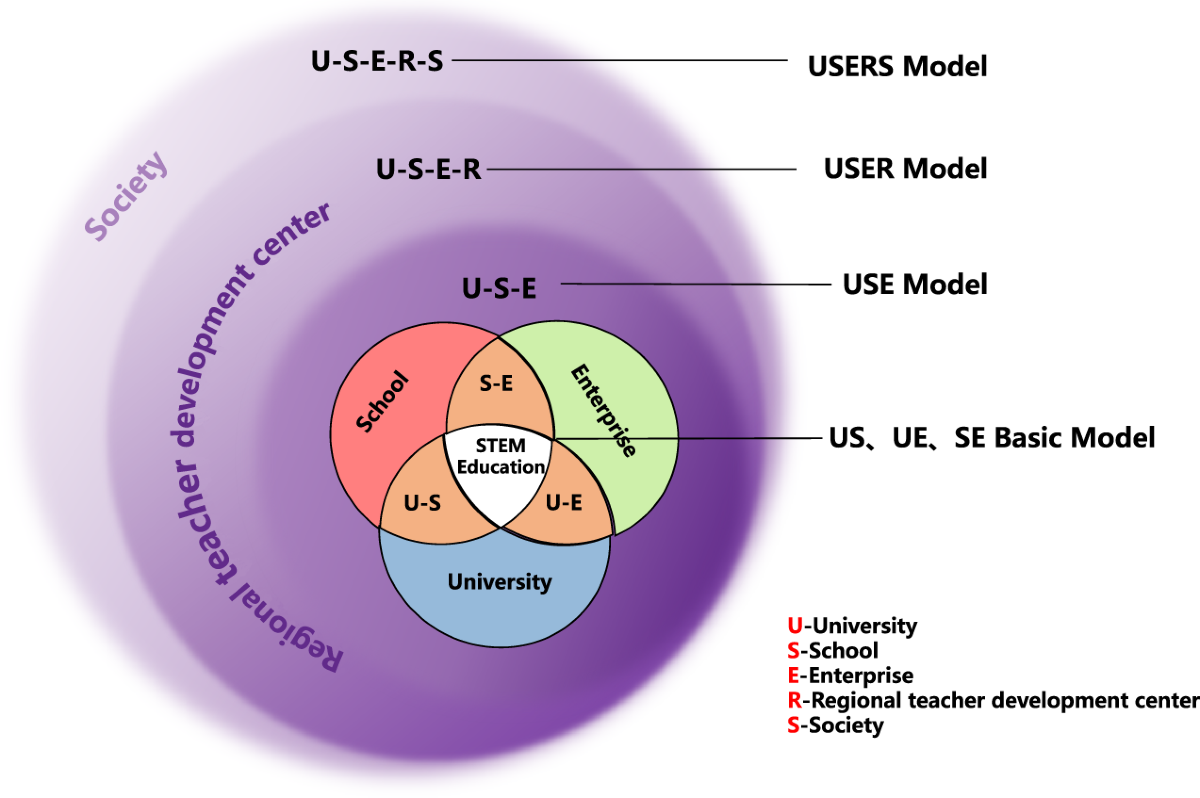CXBOS Insights
Your daily dose of news, insights, and information.
STEM Education: Where Curiosity Sparks Innovation
Discover how STEM education fuels curiosity and ignites innovation—unlock your potential and shape the future today!
The Importance of Hands-On Learning in STEM Education
Hands-on learning plays a crucial role in STEM education, as it fosters critical thinking and problem-solving skills among students. By engaging in practical activities, students can connect theoretical concepts to real-world applications, making learning more relevant and effective. This experiential approach not only enhances understanding but also ignites curiosity and a passion for discovery in fields such as science, technology, engineering, and mathematics. Through hands-on experiences, students learn to ask questions, experiment, and innovate, which are essential skills in today's rapidly evolving job market.
Moreover, hands-on learning encourages collaboration and communication among students, which are vital components of successful teamwork in any STEM field. When students work together on projects, they learn to share ideas, respect diverse perspectives, and build solutions collectively. This collaborative environment mirrors the dynamics of most workplace settings, preparing students for future careers. Incorporating hands-on learning into STEM education aligns educational outcomes with the competencies required by employers, ultimately equipping the next generation with the skills they need to thrive in a technology-driven world.

How STEM Education Fosters Critical Thinking and Problem-Solving Skills
STEM education plays a pivotal role in cultivating essential skills such as critical thinking and problem-solving. By integrating science, technology, engineering, and mathematics into a cohesive learning paradigm, students are encouraged to explore real-world challenges and engage in hands-on activities. This approach is not merely about memorizing facts; instead, it requires students to analyze situations, develop hypotheses, and test their ideas through experimentation. Consequently, learners become adept at evaluating information, understanding complex systems, and applying their knowledge proactively in various contexts.
Furthermore, the collaborative nature of STEM education enhances teamwork and communication skills. Students often work in groups, fostering discussions that require them to articulate their thoughts and listen to diverse perspectives. This collaborative dynamic not only sharpens their problem-solving abilities but also nurtures a critical mindset, where questioning and re-evaluating solutions is encouraged. As they encounter obstacles, students learn to adapt and rethink their strategies, leading to innovative solutions that prepare them for future challenges in both academic and professional settings.
What Role Does Curiosity Play in Innovative STEM Learning?
Curiosity is the driving force behind innovative STEM learning, igniting a passion for discovery and problem-solving among students. When learners are curious, they engage with topics more deeply, asking questions that lead to investigations, experiments, and ultimately, the creation of new ideas and solutions. This inquisitive mindset encourages students to explore beyond the traditional curriculum, fostering a love for science, technology, engineering, and mathematics through hands-on experiences and real-world applications. Curiosity transforms the learning environment into a vibrant space filled with exploration, challenges, and critical thinking.
Moreover, research shows that when educators cultivate an atmosphere of curiosity, students are more likely to develop essential skills such as creativity, collaboration, and communication. These skills are vital in today’s workforce, where innovative solutions are increasingly sought after. By encouraging students to embrace their natural curiosity, teachers can help them build resilience and adaptability—qualities that are essential for tackling the complex problems of the future. In this way, curiosity not only enhances or fuels STEM education but also prepares learners for lifelong learning and success.